Machines of Loving Grace
November 16, 2025
An explorer from a distant utopia visits the ruins of a mass surveillance state, where a discontinued guard bot lays in deserted castle grounds. The explorer naively follows the instructions on the robot's body, unwittingly triggering an emergent behavior--one it learned by watching the world around it grow kinder over the ages.
After my Clip Studio Paint trial expired, I found myself back in the desolate landscape called "Procreate's non-perceptual color mixing and file management system".1 Rather than eat the cost of the perpetual license (100% chance of getting CSP), I entered this illustration into the 45th Clip Studio Paint contest with the hopes of winning one of the prizes, which include free, multi-year licenses for CSP (<1% chance of getting CSP).
The theme this time is "smile". Looking through past iterations of the contest, I knew CSP tended to award cheerful, bright submissions with positive messages. Thus, an obvious corollary is "positive things that make you smile", but I felt like this constrained me to a few mundane or overly niche subjects (having a camera pointed at me with my consent, kittens, hanging out with my friends, the loss curve going down on wandb). So I took a step back and tried to fundamentally understand what a smile is in the first place.
- I wrote down some words I associated with smiles: happy, mischievous, comforting, devious, schadenfreude, infant smiling instinct, love, acting
- Newborn babies smile instinctively at their mothers without even knowing what their face looks like. I learned this from Alison Gopnik's The Scientist in the Crib, highly recommend.
- We and some apes are the only animals (I think) that smile to convey some sort of emotion. Except in chimps, a smile signifies danger.
- I mainly associate smiles with cameras and mirrors, which don't necessarily have an emotional response attached. In those cases, a smile is more utilitarian. You smile at the camera to fulfill social expectations. You smile at the mirror to see what you look like when you smile.
The last point--smiling for its own sake instead of in response to something--made me reminisce about Alyosha's lab meeting earlier that day. Konpat, our neighborhood representation learning expert, was talking about how he tried to set up a camera to simply watch the environment around it and see if it could learn a predictive model of the world without overt supervision. So I wondered if a security camera or robot that idly watched the world pass by would be able to know what a smile meant.
I think this concept is especially ironic because people seem to hate those passive aggressive "Smile! You're on camera" signs and would probably refuse to smile at them out of spite. Yet, in a kinder world, maybe we would attribute such messages to genuine goodwill instead of sarcasm. I am reminded of Dario Amodei's essay "Machines of loving grace", in which Amodei imagines how AI can bring about a utopian world without disease and poverty.2 Would such a world look back on the present like this wide-eyed explorer?
All Watched Over by Machines of Loving Grace
by Richard Brautigan
I like to think (and
the sooner the better!)
of a cybernetic meadow
where mammals and computers
live together in mutually
programming harmony
like pure water
touching clear sky.
I like to think
(right now, please!)
of a cybernetic forest
filled with pines and electronics
where deer stroll peacefully
past computers
as if they were flowers
with spinning blossoms.
I like to think
(it has to be!)
of a cybernetic ecology
where we are free of our labors
and joined back to nature,
returned to our mammal
brothers and sisters,
and all watched over
by machines of loving grace.
Some scattered technical rendering thoughts:
- One thing that bugs me is that it's hard to tell it's a robot unless you squint. This is because the mirror-style lens on some security cameras isn't something you commonly find on robots, and the shoulders aren't super well defined. I wanted the "eye" of the robot to be reflective such that the explorer is visible, so that inclined me towards this decision. In the future, maybe I'd make the robot's head itself a highly reflective metallic material.
- Finding a good composition and camera angle with a mirror gave me severe choice paralysis. When you're drawing a mirror reflection along with its backdrop, you essentially make two drawings: the background and the reflection. In other words, there are O(n^2) different ways to draw this kind of composition, although the image in your reflection is weakly determined by your background. I had some other invariants that constrained the optimization:
- Robot has to have a reflective camera/mirror
- Reflection has to depict intrepid smiling explorer
- Robot must be facing explorer and giving explorer a flower or otherwise visibly acknowledging the explorer's smile in a positive way
- "Smile! You're on camera" sign must be visible, with a smile emoji and security camera emoji for clarity
- With some finagling, I narrowed the composition down to two possible clusters: explorer's backside + explorer's reflection facing camera, or just the explorer's reflection facing camera. I chose the latter because the former might get a bit too busy and the smile wouldn't be as visible, and if you showed the whole robot body stooping down to face the explorer, it looked kind of intimidating. I think I could definitely make the former perspective work, but it was a day before the contest deadline and I didn't even have a finalized sketch, so I had to make a choice.
- I even made a Blender scene for this to explore different camera angles, the first time I've done so for a drawing. Mirrors are hard! It confirmed the explorer-only angle as superior. Next, I angled the mirror downwards a bit to make it seem more like a POV with a tall robot and tilted the POV to add some dynamic movement. I also struggled with making the background. I knew I wanted to emphasize the subject in the mirror in some way, so I sought to make perspective lines converge there. This led to first a sharp corner of a wall, then the curved wall and arch that you see right now. The blue sky on either side of the robot and the windows bring your eyes closer to the center.
- I also had so many choices on the background behind the explorer too. I tried foggy valley, grassland, and desert before settling on a simple continuation of the wall behind the robot, which gave the scene a nice continuity. Occam's razor works wonders.
- The rendering was so hard because I had like zero direct references and fisheye perspective is challenging; I just went for it. I had inspirations like Alariko's drawings and images of traffic mirror selfies on the internet, but other than that I was going in blind. For the wall, I collected images of castle archer towers and Roman aqueducts. For the clouds and golden hour shading, I looked at Alariko's work. The explorer is somewhat inspired by young Carl from Up. The poppy is a nod to Minecraft and Castle in the Sky.
- A thought flitted through my mind when I was drawing the crenellations, and I think I wrote it down in the most pretentious way possible: there's an old English castle on the countryside that has been battered by wind, war, and time. The crenellations at the top of the archer tower used to resemble a perfect square wave, but harsh conditions have almost applied a Butterworth-like filter on them. Is there a differential equation that can model the smoothing effect of these conditions on a square wave?
- It was so hard to place the clouds. I started with black ones to signal a storm, but that didn't contrast well with the wall. So I switched to white clouds, which gave the drawing a beach-y vibe. The 4-winged gulls in the sky are actually dinosaurs.
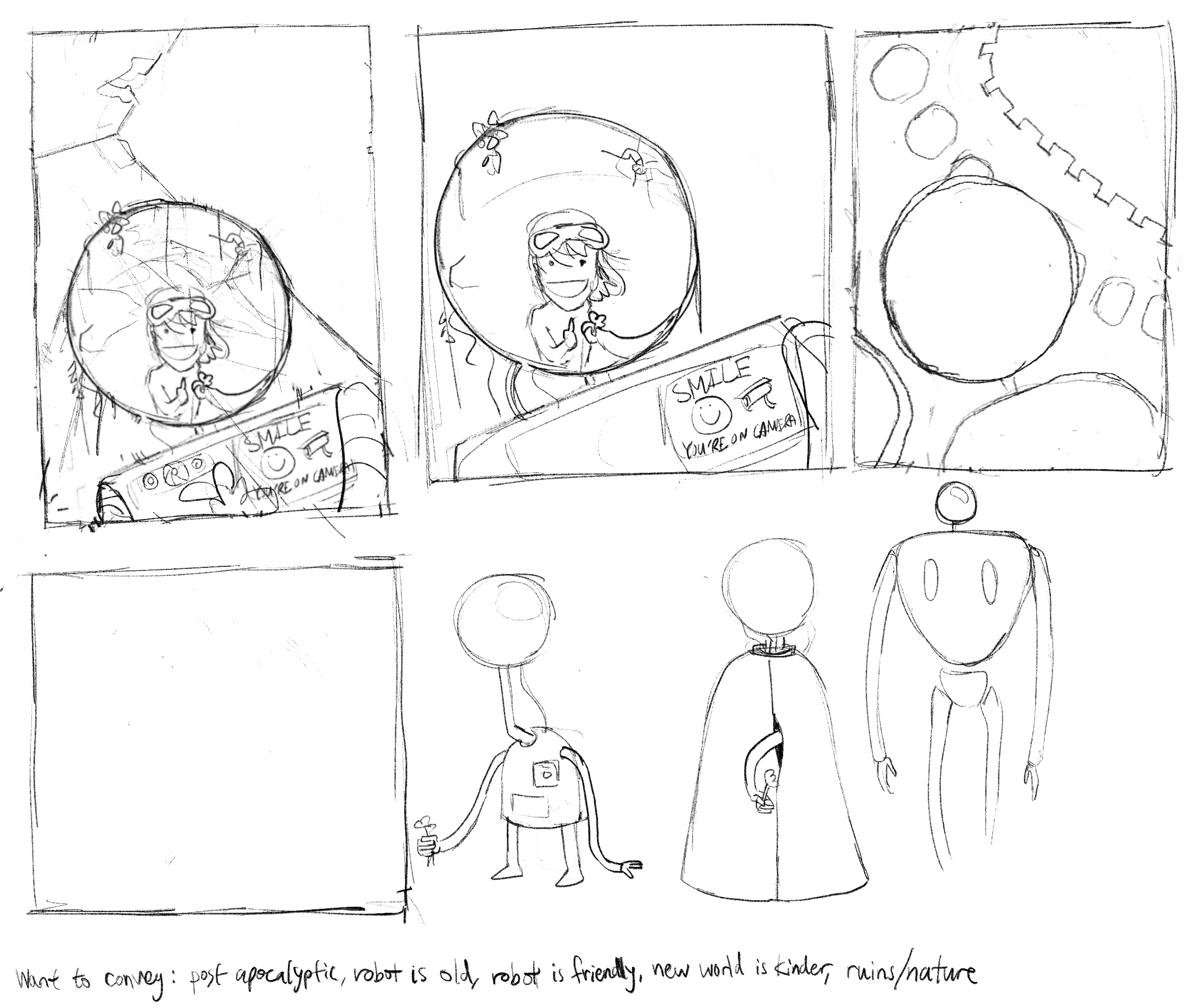
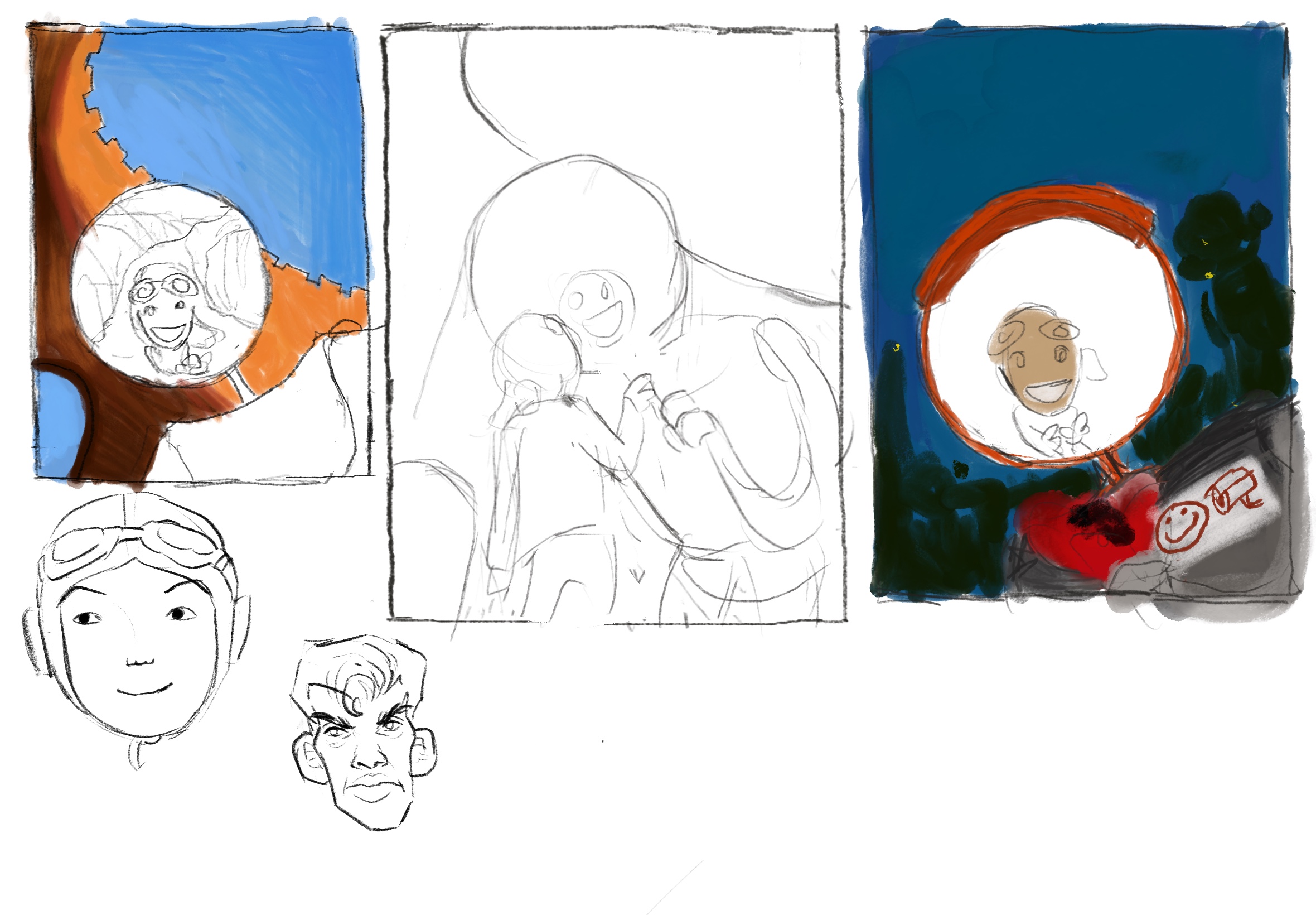
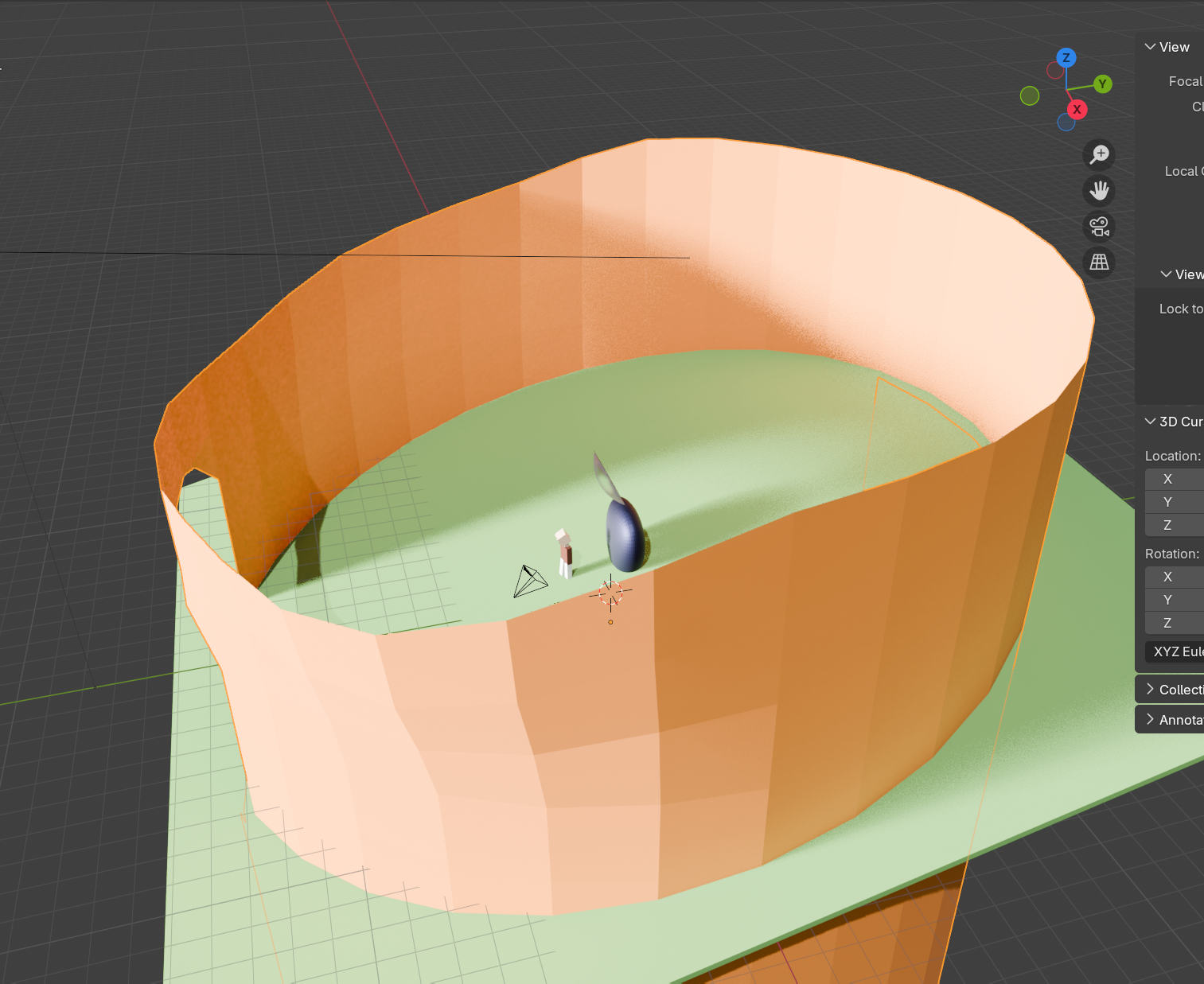

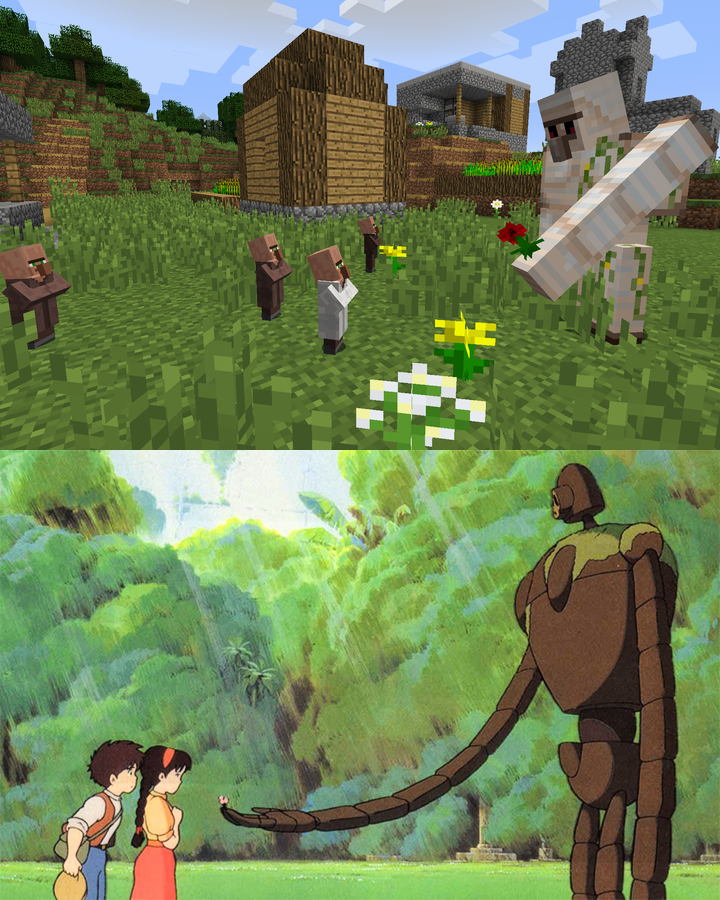
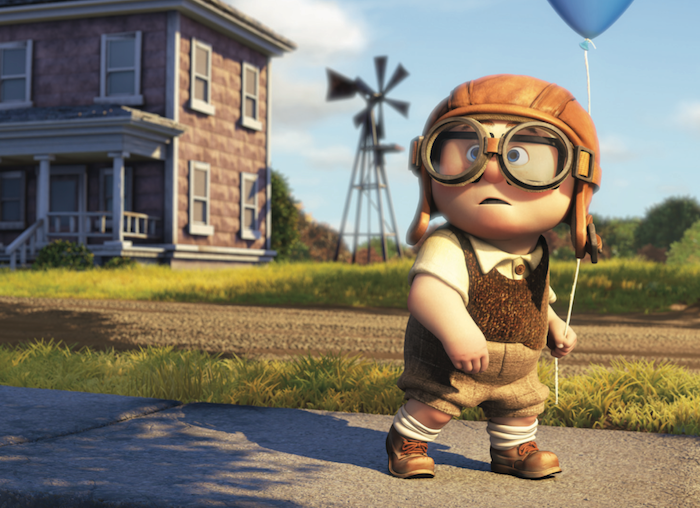
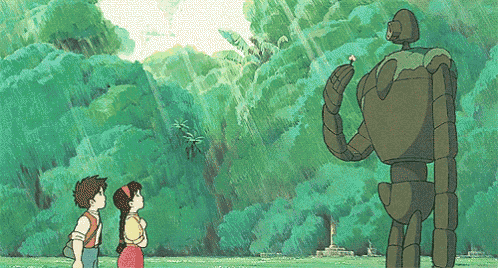
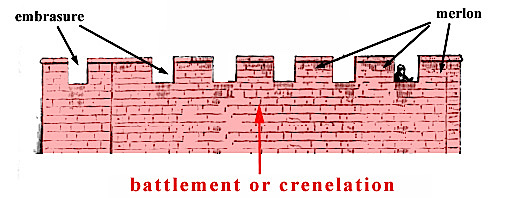
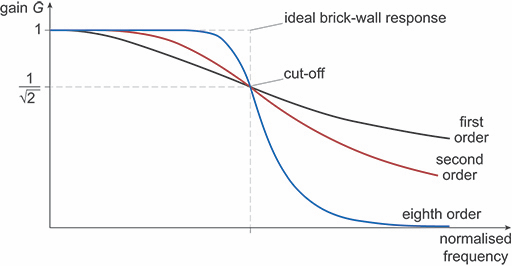
- CSP offers perceptual mixing, a more realistic color mixing algorithm that is a godsend for traditionally-inclined artists like myself. ↩
- I would like to point out that the discrepancy between the claimed goals of these AI CEOs/companies (curing cancer, ending war, endless creativity etc) and the actual products they churn out (for-profit plagiarism machines made largely from nonconsensually sourced data) is quite amusing to me. Gotta rake in the capital first before saving the world, I guess...? ↩
